Memory foam mattresses have become increasingly popular in recent years due to their ability to conform to your body and provide a comfortable night's sleep. However, like any other type of mattress, they are not immune to mold growth. Mold in a memory foam mattress can not only affect the quality of your sleep, but it can also be a health hazard. In this article, we will discuss everything you need to know about mold in memory foam mattresses and how to deal with it. Mold in Memory Foam Mattress: What You Need to Know
If you notice mold growing on your memory foam mattress, it is important to act quickly to remove it. The first step is to remove all bedding and covers from the affected area. Then, using a mixture of equal parts water and white vinegar, spray the moldy area and let it sit for 15 minutes. Afterward, use a clean cloth to gently scrub the area and remove the mold. Make sure to dry the area completely before putting any bedding back on the mattress. How to Remove Mold from a Memory Foam Mattress
The best way to deal with mold in memory foam mattresses is to prevent it from growing in the first place. One of the main causes of mold growth is moisture, so it is important to keep your mattress as dry as possible. This can be done by using a mattress protector, which can also help prevent stains and spills. Additionally, make sure to regularly rotate and flip your mattress to prevent the buildup of moisture in one spot. Preventing Mold Growth in Your Memory Foam Mattress
It is important to know the signs of mold growth in your memory foam mattress so you can take action before it becomes a bigger problem. The most obvious sign is visible mold growth, which can appear as black, green, or white spots on the surface of the mattress. You may also notice a musty smell or experience allergy-like symptoms when sleeping on a moldy mattress. If you suspect mold growth, it is best to act quickly to prevent it from spreading. Signs of Mold in Your Memory Foam Mattress
If you do not catch mold growth early and it has spread throughout your memory foam mattress, it may require a more thorough cleaning. In this case, you can use a mild detergent mixed with water to scrub the affected area. It is important to not saturate the mattress with too much water, as this can lead to further mold growth. Once cleaned, make sure to dry the mattress completely before using it again. How to Clean a Memory Foam Mattress with Mold
Sleeping on a moldy memory foam mattress can have negative effects on your health. The presence of mold can aggravate allergies and respiratory issues, leading to difficulty breathing, coughing, and sneezing. In more severe cases, it can also cause skin irritation and infections. It is important to address mold growth in your mattress as soon as possible to avoid these health risks. The Dangers of Sleeping on a Moldy Memory Foam Mattress
If you prefer to use natural solutions to remove mold from your memory foam mattress, there are a few options you can try. Tea tree oil, grapefruit seed extract, and hydrogen peroxide are all known for their antifungal properties and can be used to clean and disinfect moldy areas. However, it is important to spot test these solutions first and use caution when applying them to the mattress. DIY Solutions for Removing Mold from a Memory Foam Mattress
If the mold growth in your memory foam mattress is extensive or you are unable to remove it on your own, it may be necessary to seek professional help. Mold removal experts have the necessary equipment and expertise to safely and effectively remove mold from your mattress. They can also help identify and address the root cause of the mold growth to prevent it from happening again in the future. Professional Mold Removal for Memory Foam Mattresses
In addition to using a mattress protector and regularly rotating your mattress, there are other steps you can take to prevent mold growth in your memory foam mattress. These include keeping your room well-ventilated, using a dehumidifier if necessary, and addressing any water leaks or spills promptly. By taking proactive measures, you can help keep your mattress mold-free and extend its lifespan. How to Prevent Mold in Your Memory Foam Mattress
Even if you do not see any mold growth on your memory foam mattress, it is important to regularly clean it to prevent the buildup of allergens and bacteria. This can be done by vacuuming the mattress regularly and spot cleaning any stains or spills immediately. It is also recommended to give your mattress a deep clean every 3-6 months, depending on usage. This will not only help maintain a healthy sleeping environment, but it will also help prolong the life of your mattress. The Importance of Regularly Cleaning Your Memory Foam Mattress
Mold in Memory Foam Mattress: Causes and Prevention
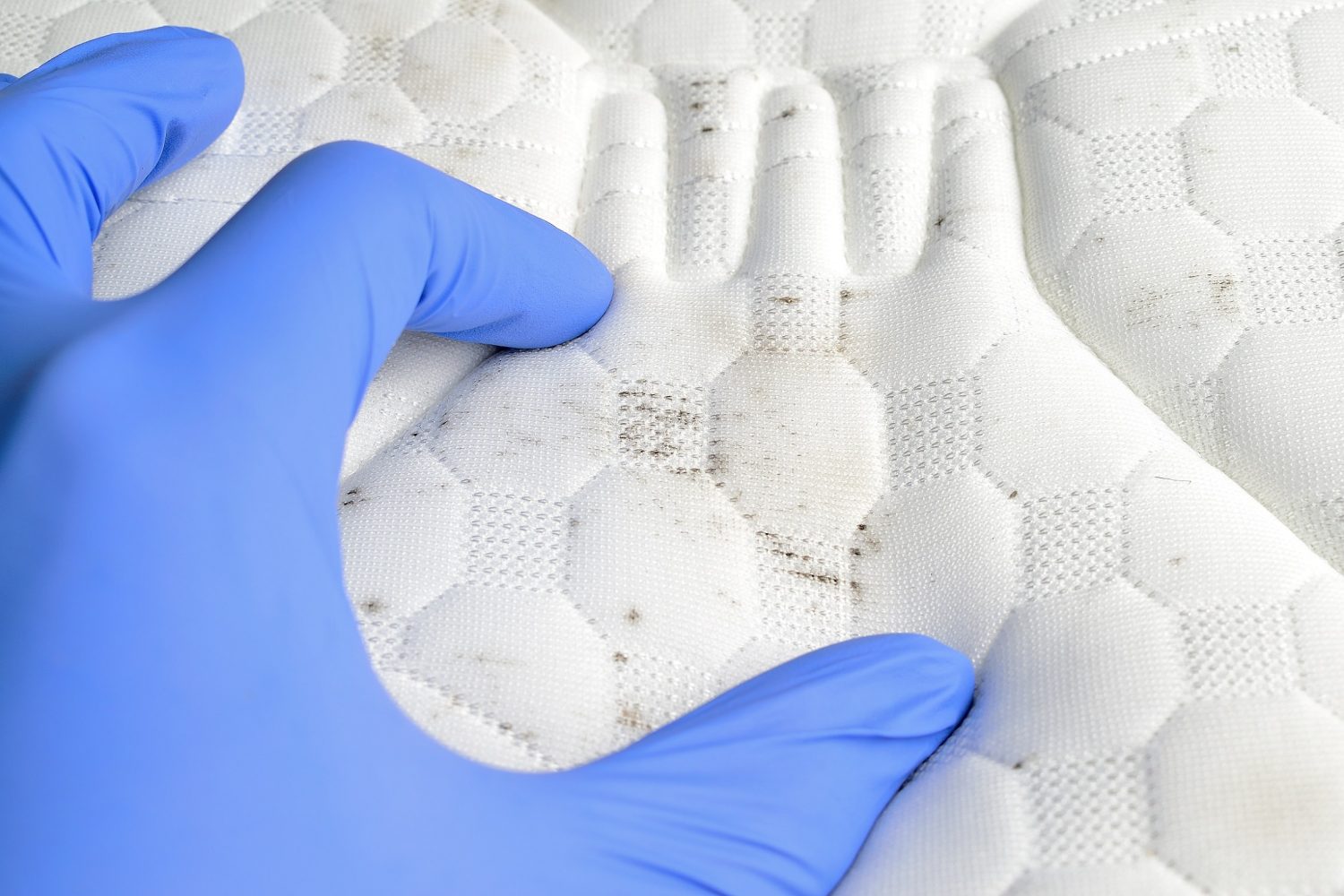
What is Memory Foam Mattress?
 Memory foam mattresses have gained immense popularity in recent years due to their ability to provide superior comfort and support while sleeping. This type of mattress is made of a high-density polyurethane foam that conforms to the body's shape, providing relief to pressure points and reducing tossing and turning.
Memory foam mattresses have gained immense popularity in recent years due to their ability to provide superior comfort and support while sleeping. This type of mattress is made of a high-density polyurethane foam that conforms to the body's shape, providing relief to pressure points and reducing tossing and turning.
Causes of Mold Growth in Memory Foam Mattress
 Mold
is a type of fungus that can grow on various surfaces, including memory foam mattresses. It thrives in warm, moist environments, making your mattress an ideal breeding ground. Here are some factors that can contribute to mold growth in your memory foam mattress:
High Humidity:
Humidity levels above 60% can create the perfect conditions for mold growth. If your bedroom has poor ventilation and high humidity levels, your mattress is at risk.
Water or Liquid Spills:
Accidental spills on your mattress can penetrate deep into the foam, creating a damp environment that is conducive to mold growth.
Poor Air Circulation:
A lack of fresh air circulating around your mattress can trap moisture and create a breeding ground for mold.
Mold
is a type of fungus that can grow on various surfaces, including memory foam mattresses. It thrives in warm, moist environments, making your mattress an ideal breeding ground. Here are some factors that can contribute to mold growth in your memory foam mattress:
High Humidity:
Humidity levels above 60% can create the perfect conditions for mold growth. If your bedroom has poor ventilation and high humidity levels, your mattress is at risk.
Water or Liquid Spills:
Accidental spills on your mattress can penetrate deep into the foam, creating a damp environment that is conducive to mold growth.
Poor Air Circulation:
A lack of fresh air circulating around your mattress can trap moisture and create a breeding ground for mold.
Prevention of Mold Growth in Memory Foam Mattress
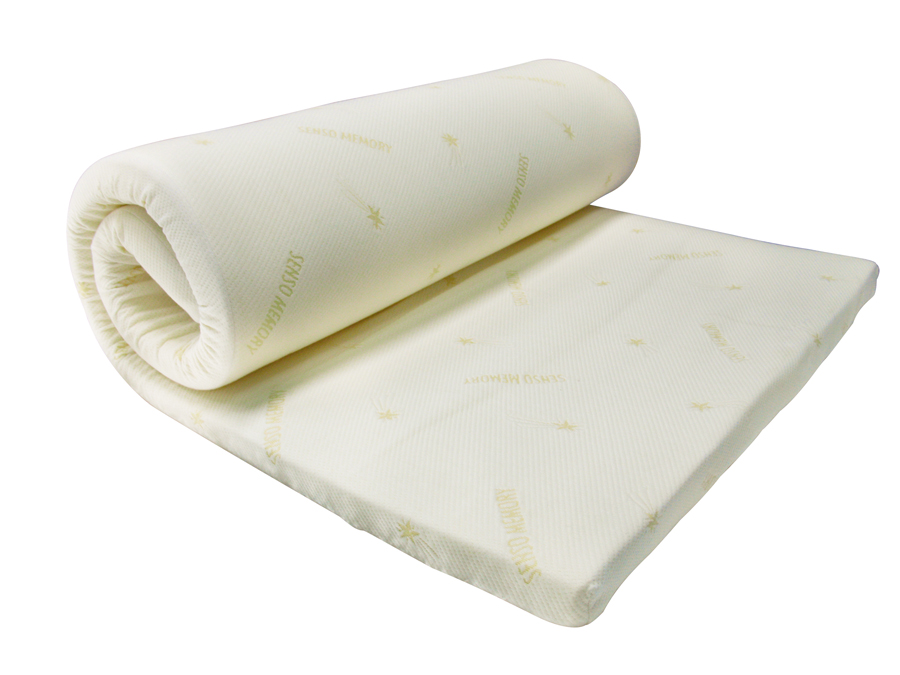 Invest in a Waterproof Mattress Protector:
A waterproof mattress protector can help prevent liquid spills from seeping into the foam and creating a damp environment for mold growth.
Keep Your Bedroom Well-Ventilated:
Ensure that your bedroom has proper ventilation to allow fresh air to circulate and prevent humidity levels from getting too high.
Rotate Your Mattress Regularly:
Rotating your mattress every 3-6 months can help evenly distribute body weight and reduce the risk of mold growth in specific areas.
Use a Dehumidifier:
If you live in a humid climate, using a dehumidifier in your bedroom can help regulate the humidity levels and prevent mold growth.
Invest in a Waterproof Mattress Protector:
A waterproof mattress protector can help prevent liquid spills from seeping into the foam and creating a damp environment for mold growth.
Keep Your Bedroom Well-Ventilated:
Ensure that your bedroom has proper ventilation to allow fresh air to circulate and prevent humidity levels from getting too high.
Rotate Your Mattress Regularly:
Rotating your mattress every 3-6 months can help evenly distribute body weight and reduce the risk of mold growth in specific areas.
Use a Dehumidifier:
If you live in a humid climate, using a dehumidifier in your bedroom can help regulate the humidity levels and prevent mold growth.
In Conclusion
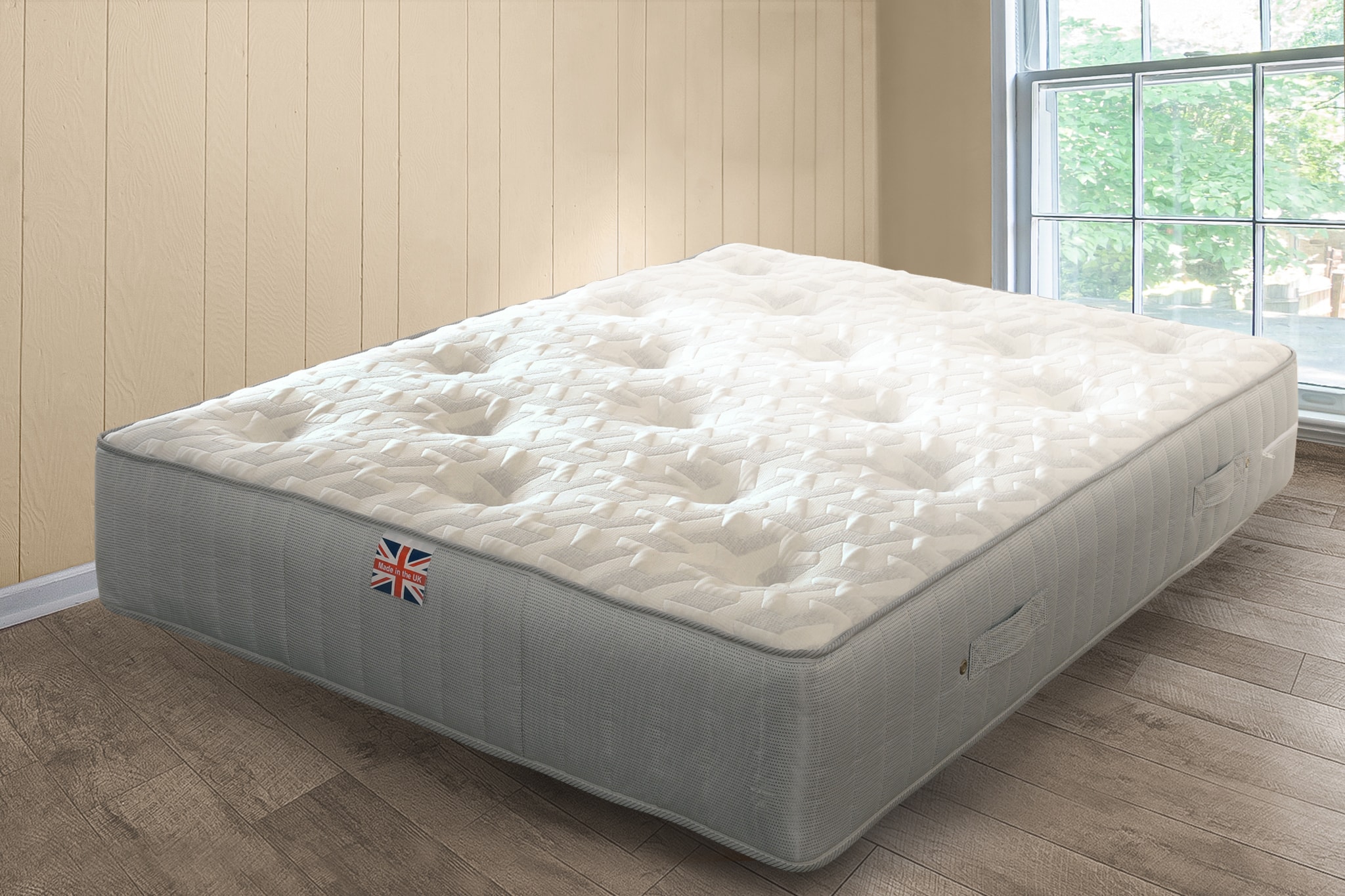 Mold growth in a memory foam mattress can be a health hazard and can also affect the lifespan of your mattress. By understanding the causes and taking preventive measures, you can ensure that your memory foam mattress remains mold-free and provides you with a comfortable and healthy sleeping environment. Remember to regularly clean and maintain your mattress to prolong its lifespan and prevent any potential mold growth.
Mold growth in a memory foam mattress can be a health hazard and can also affect the lifespan of your mattress. By understanding the causes and taking preventive measures, you can ensure that your memory foam mattress remains mold-free and provides you with a comfortable and healthy sleeping environment. Remember to regularly clean and maintain your mattress to prolong its lifespan and prevent any potential mold growth.

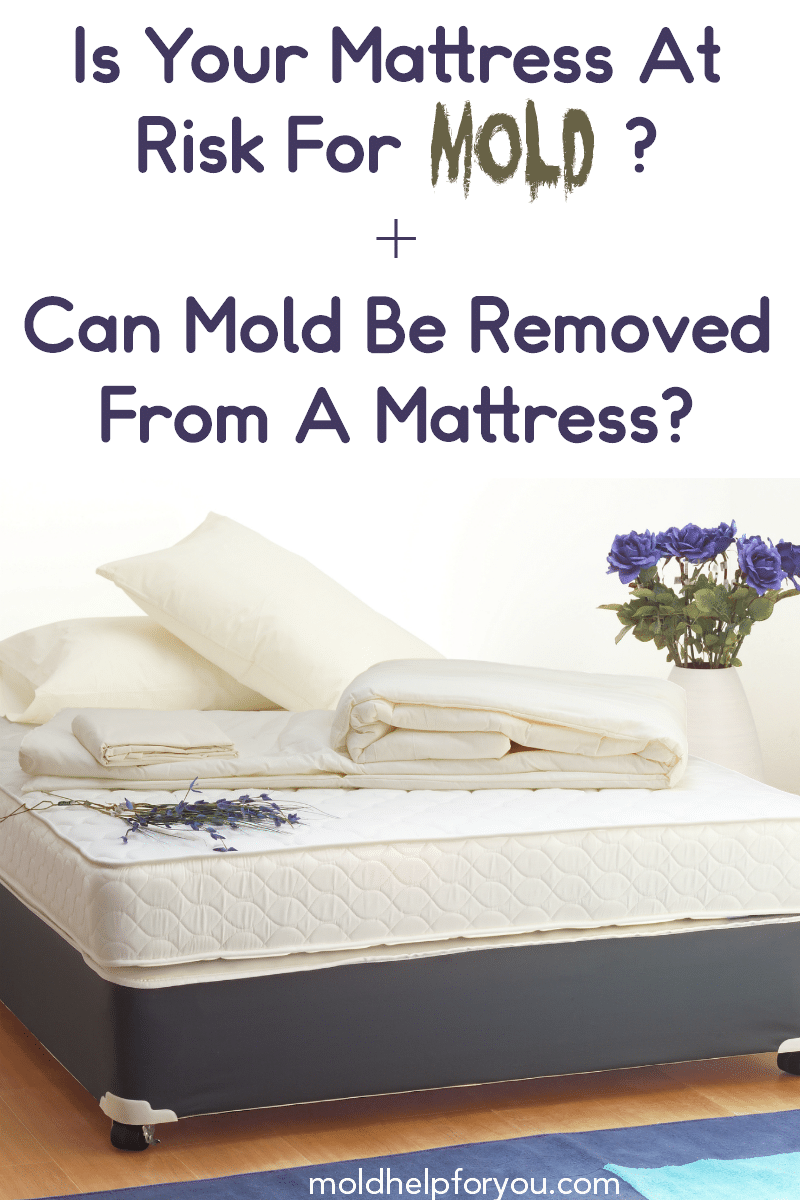

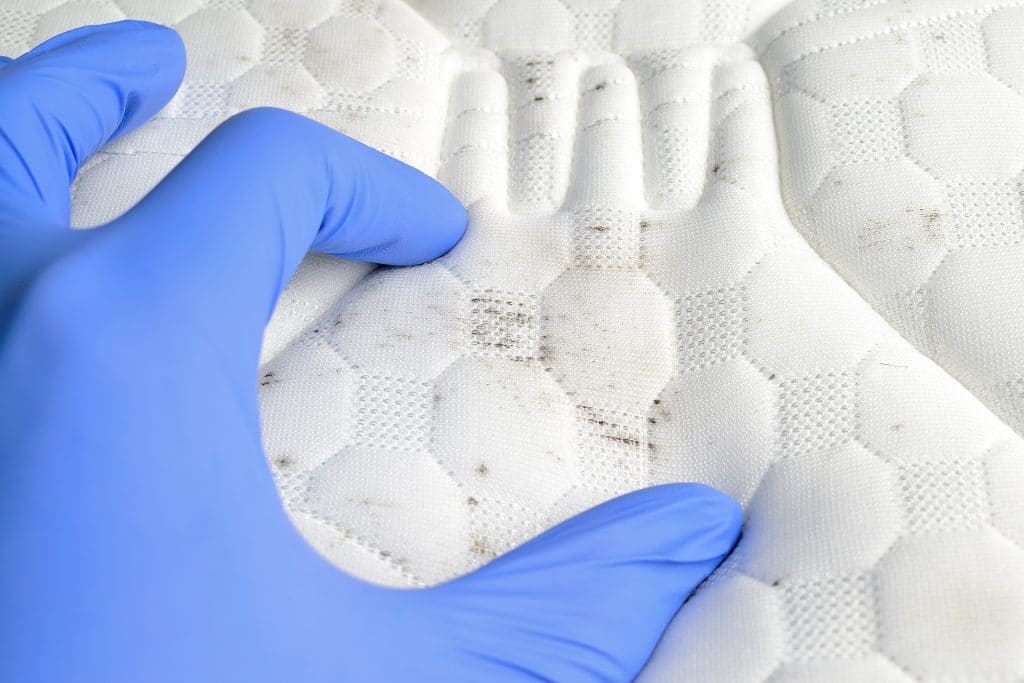


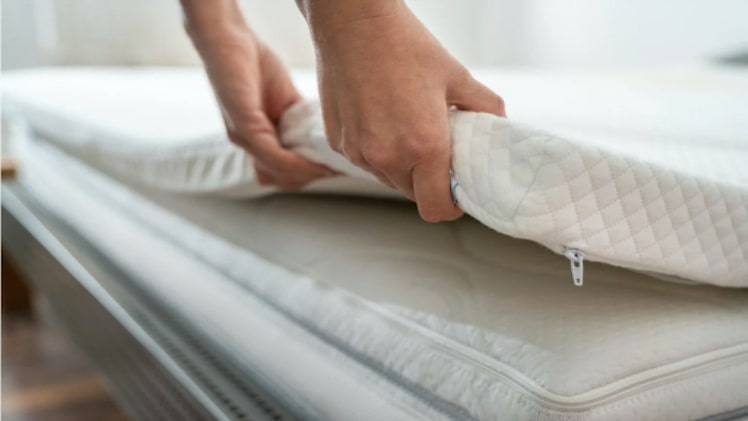


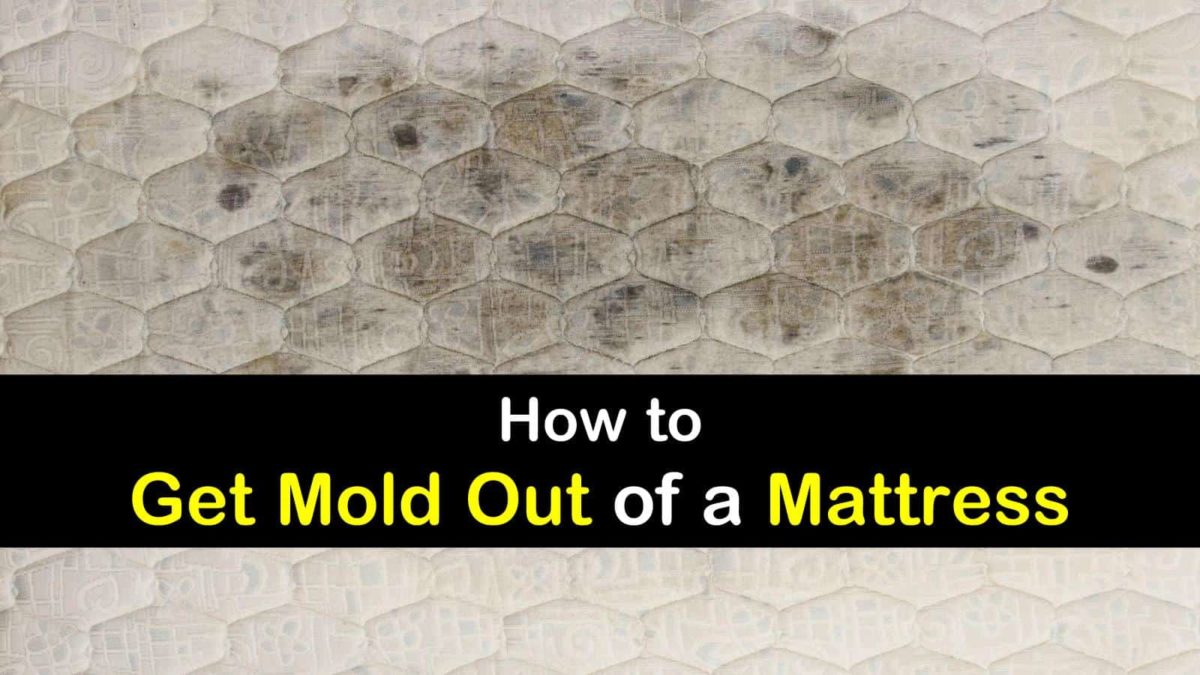

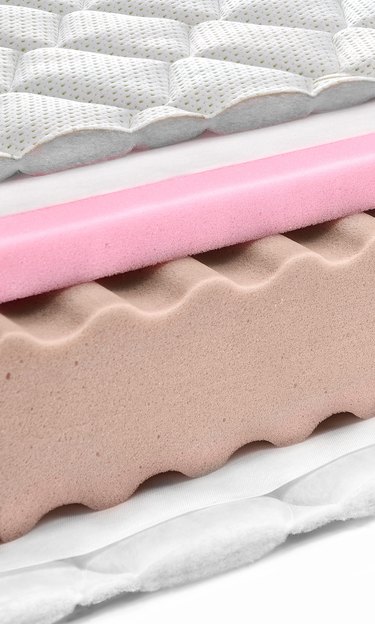


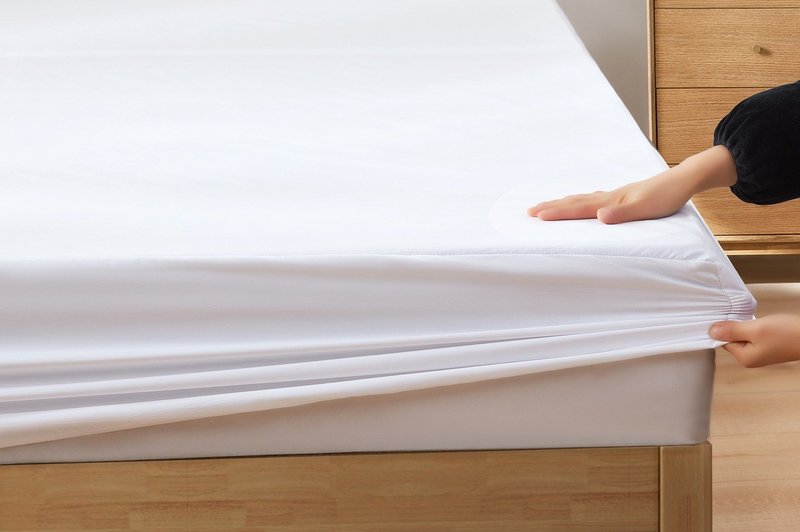
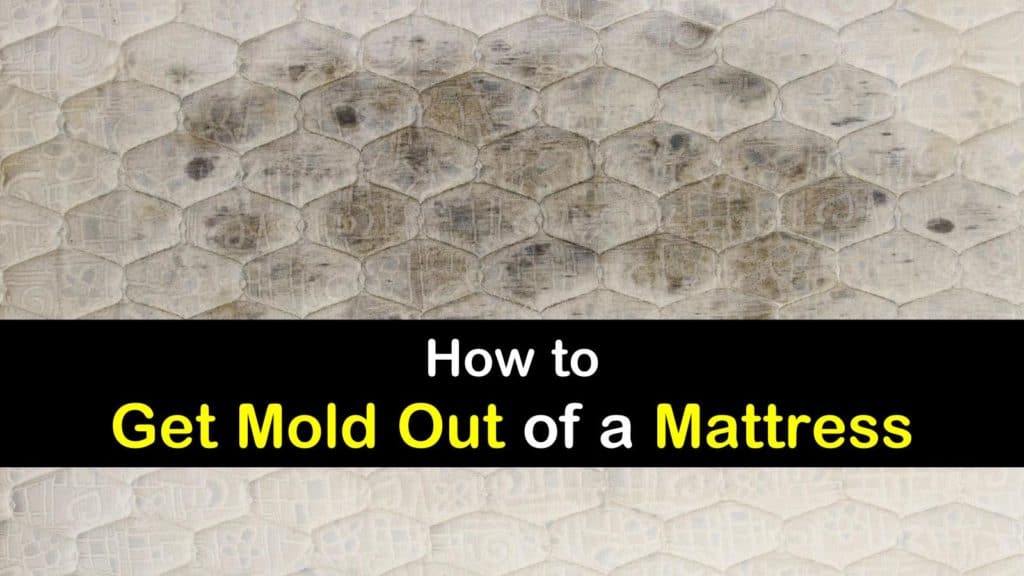


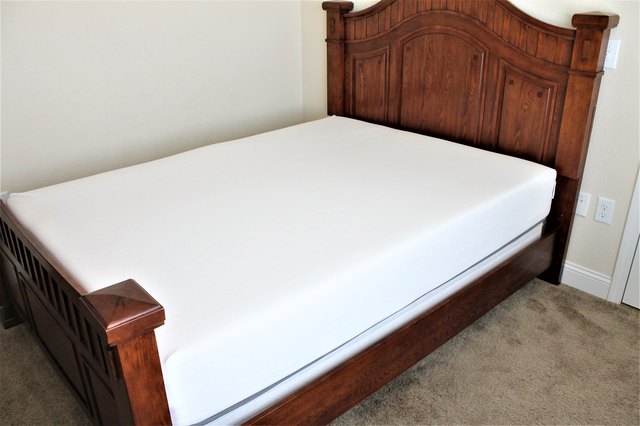

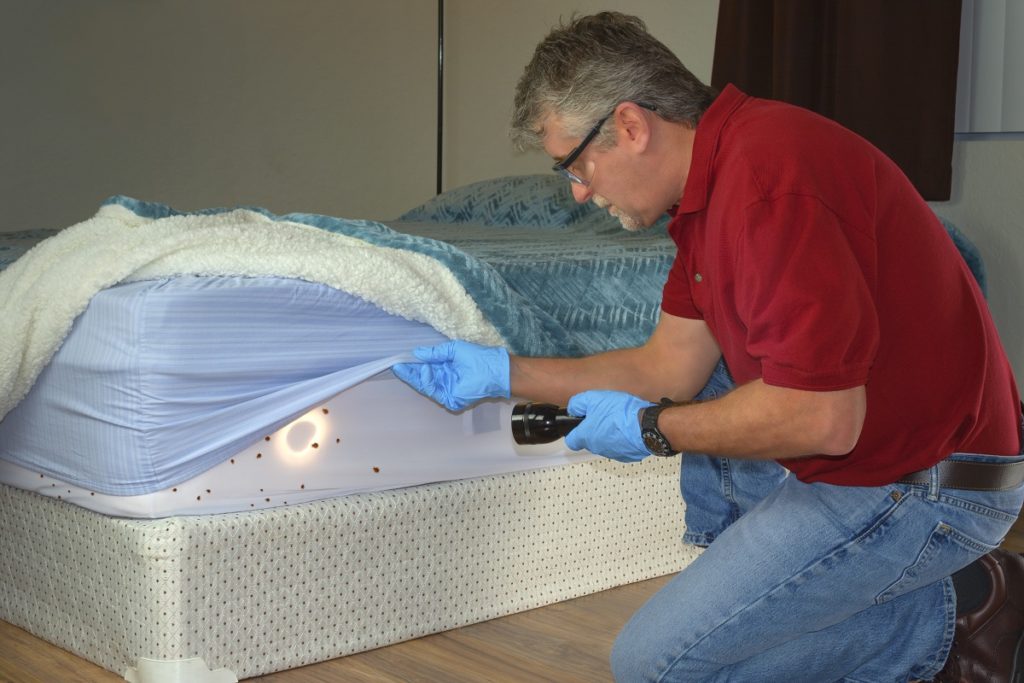




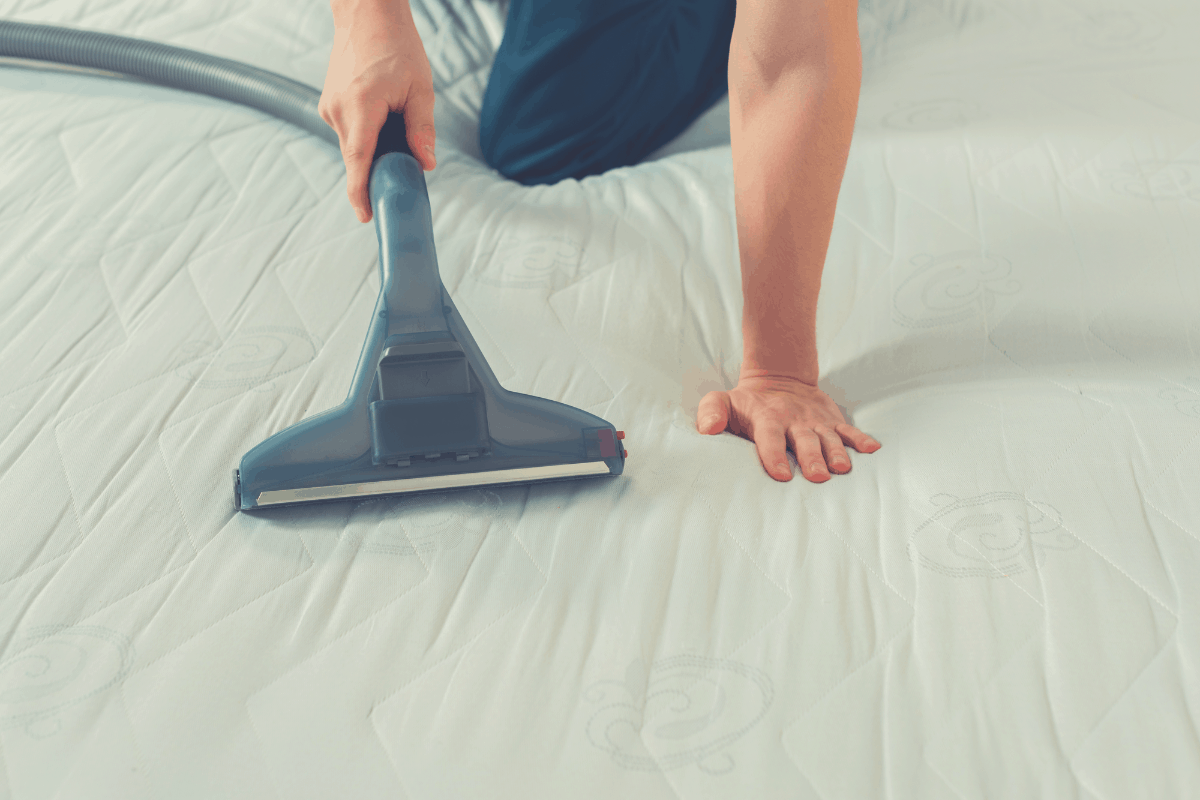

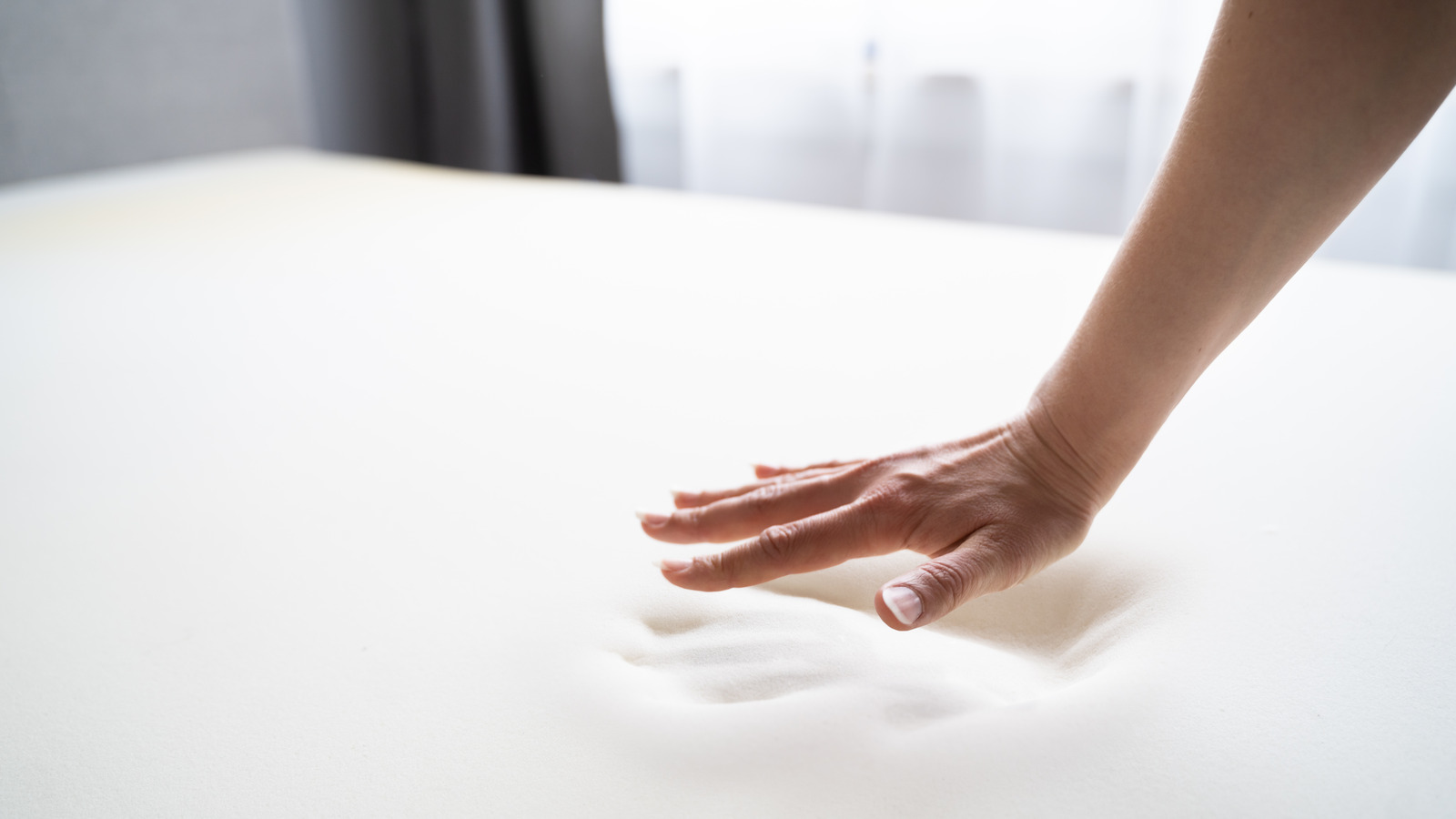







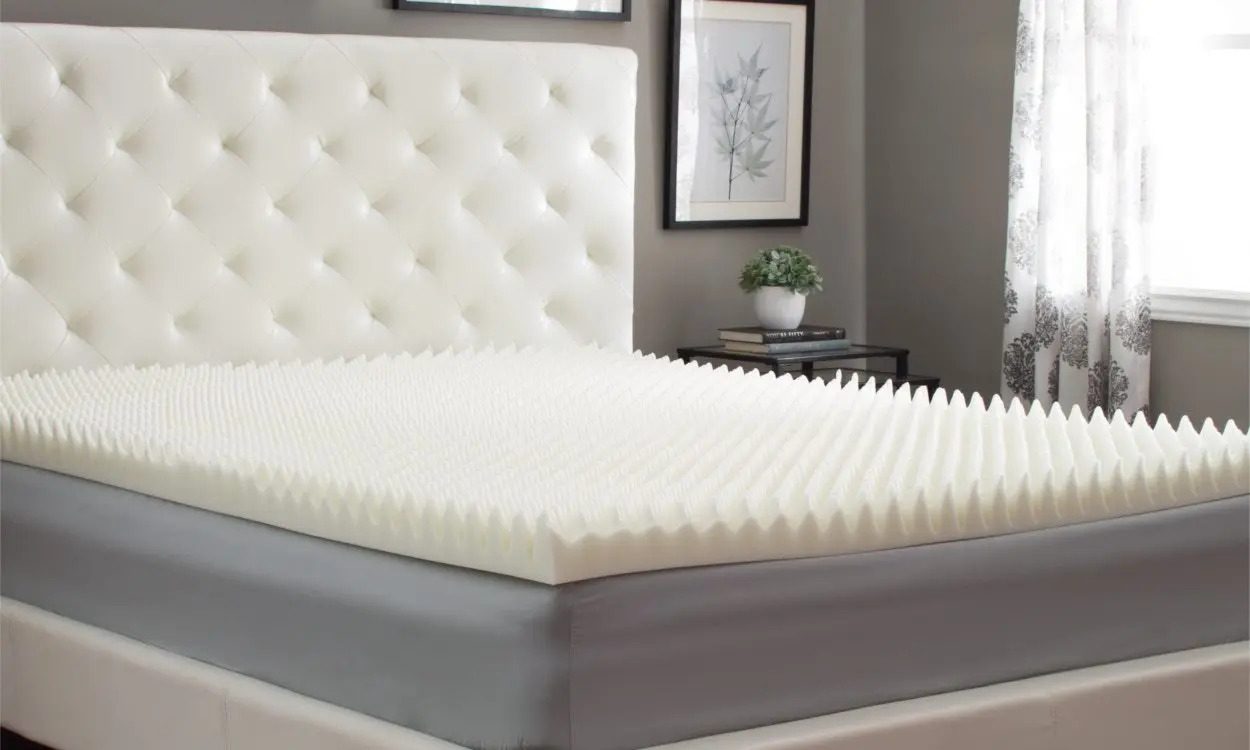


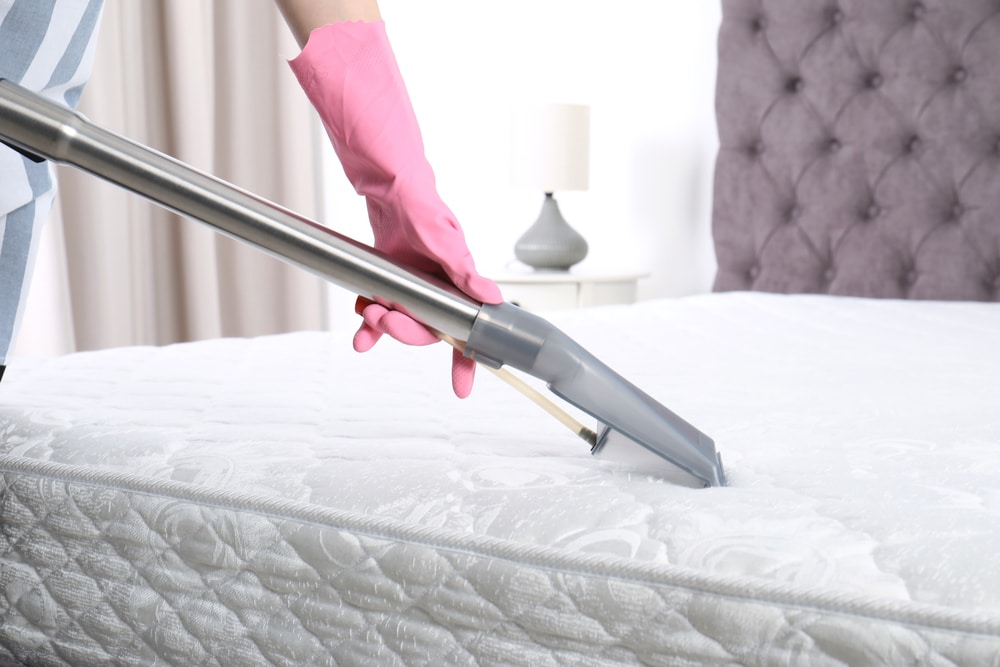


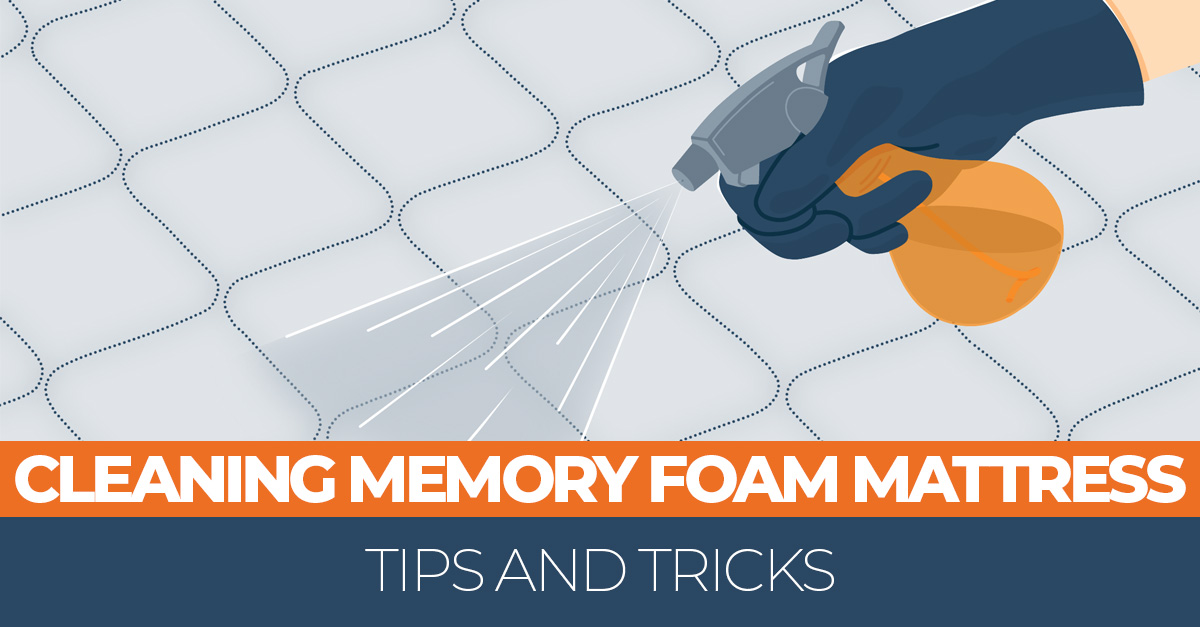




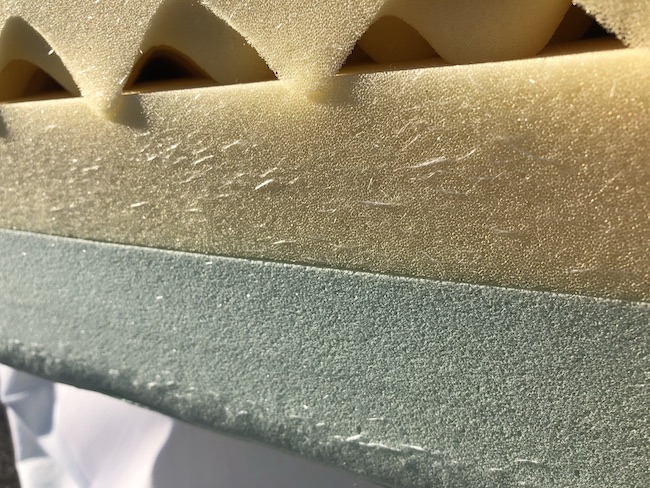


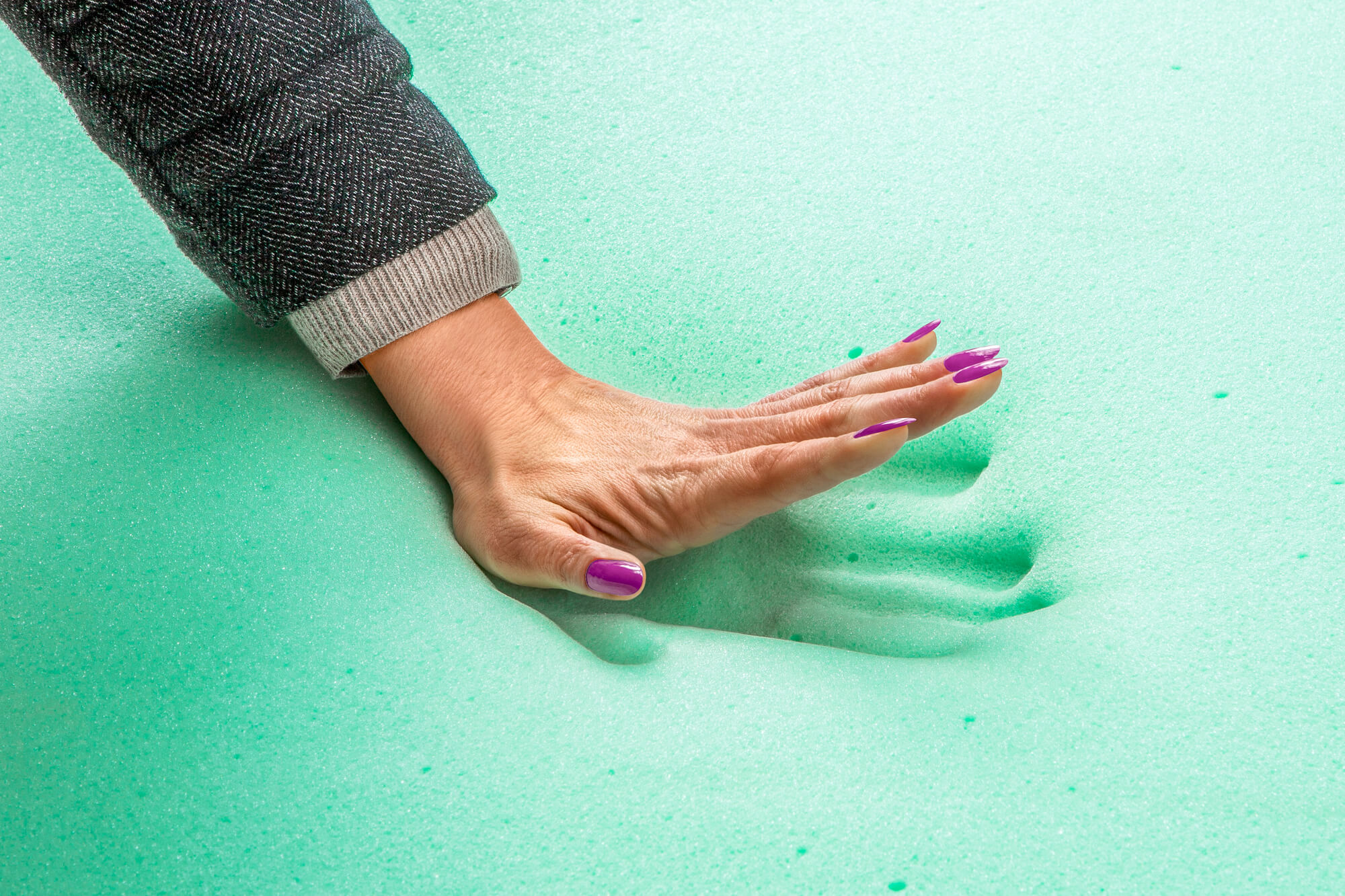


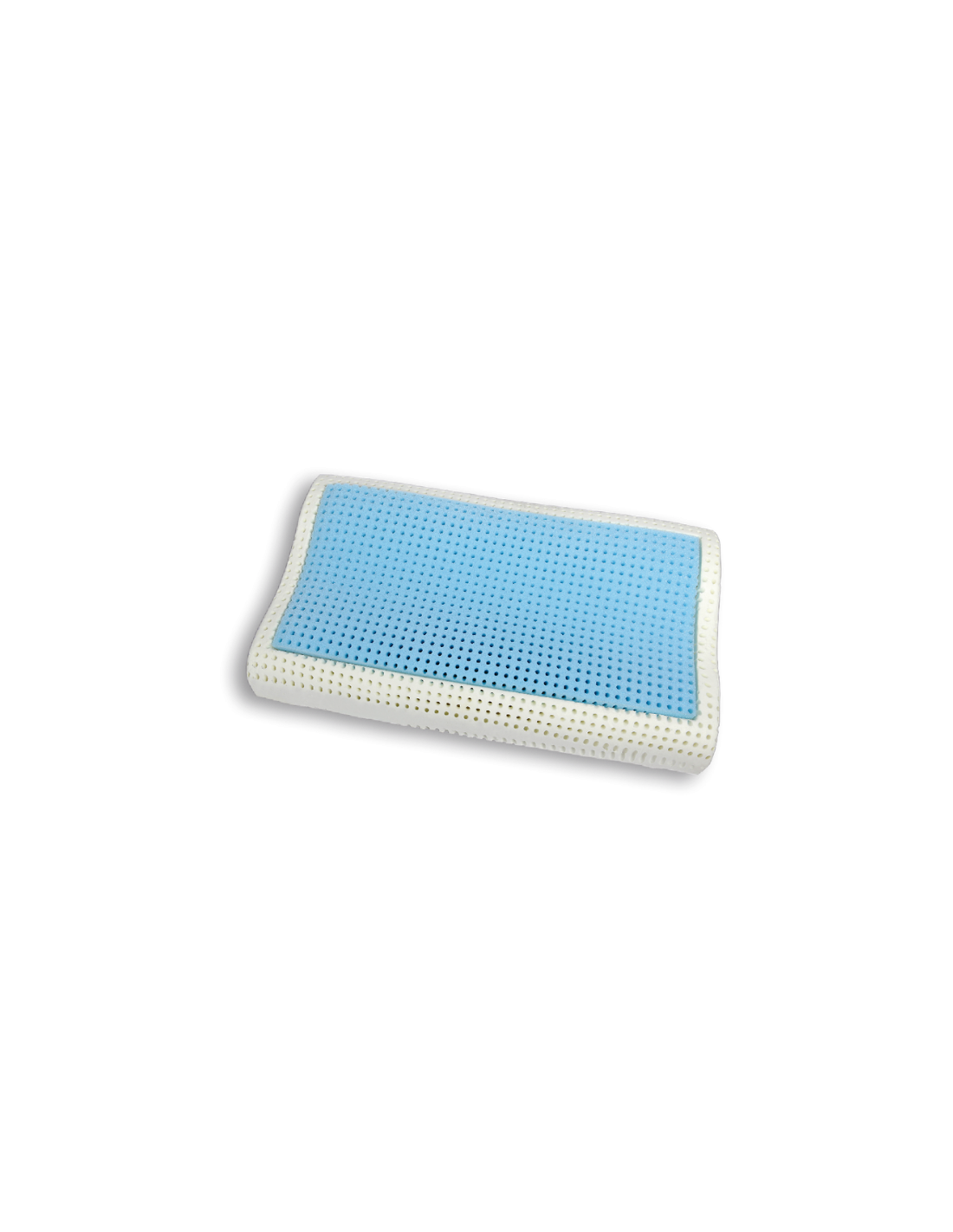
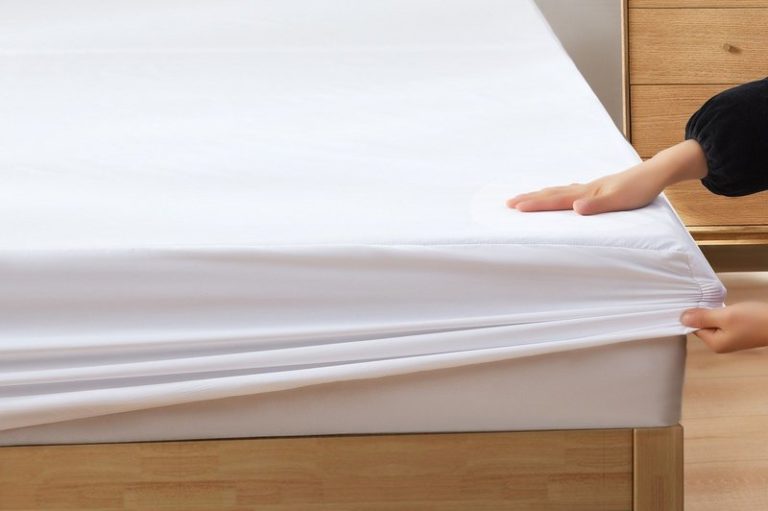



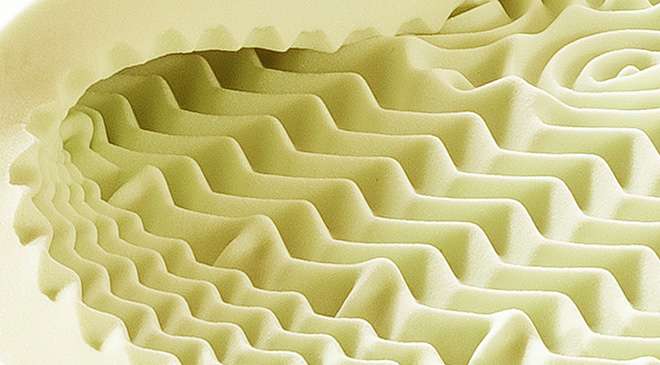



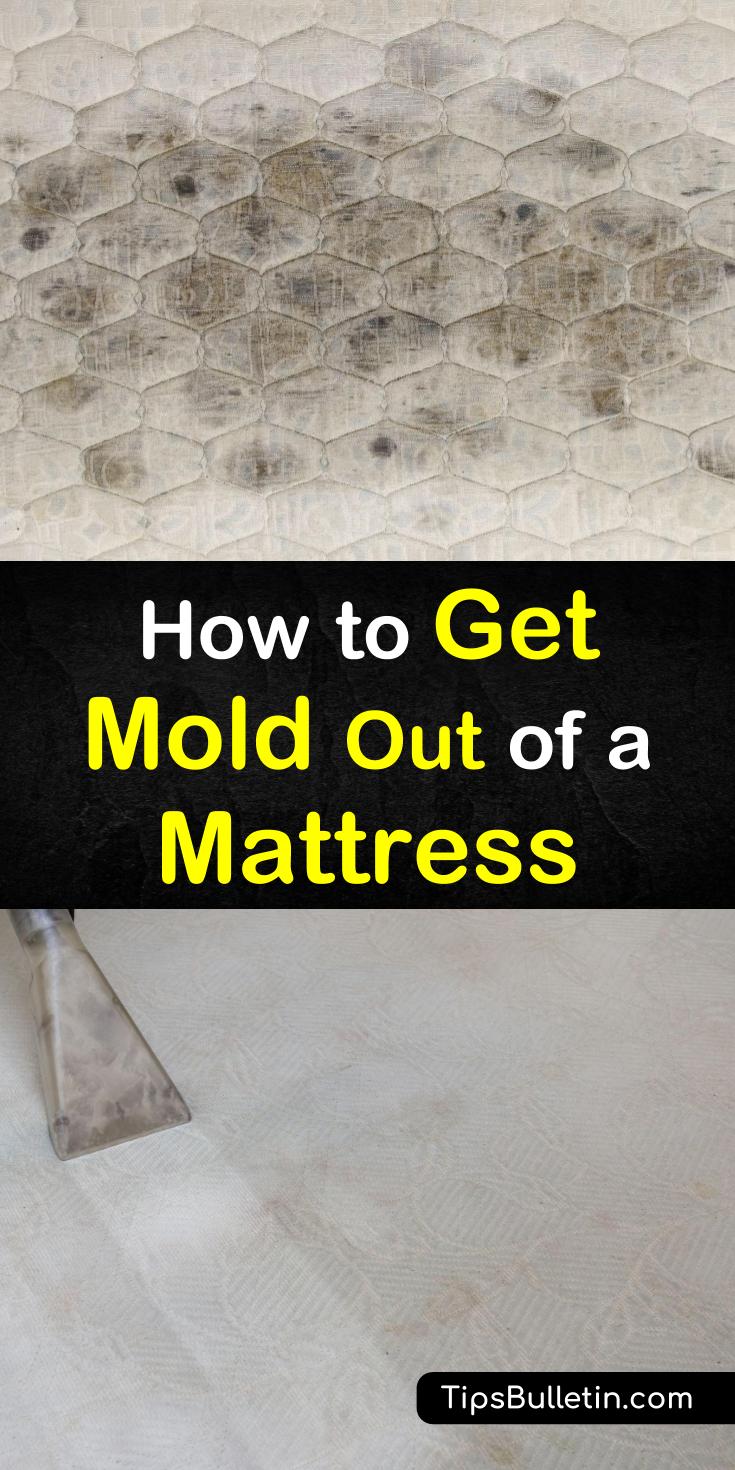

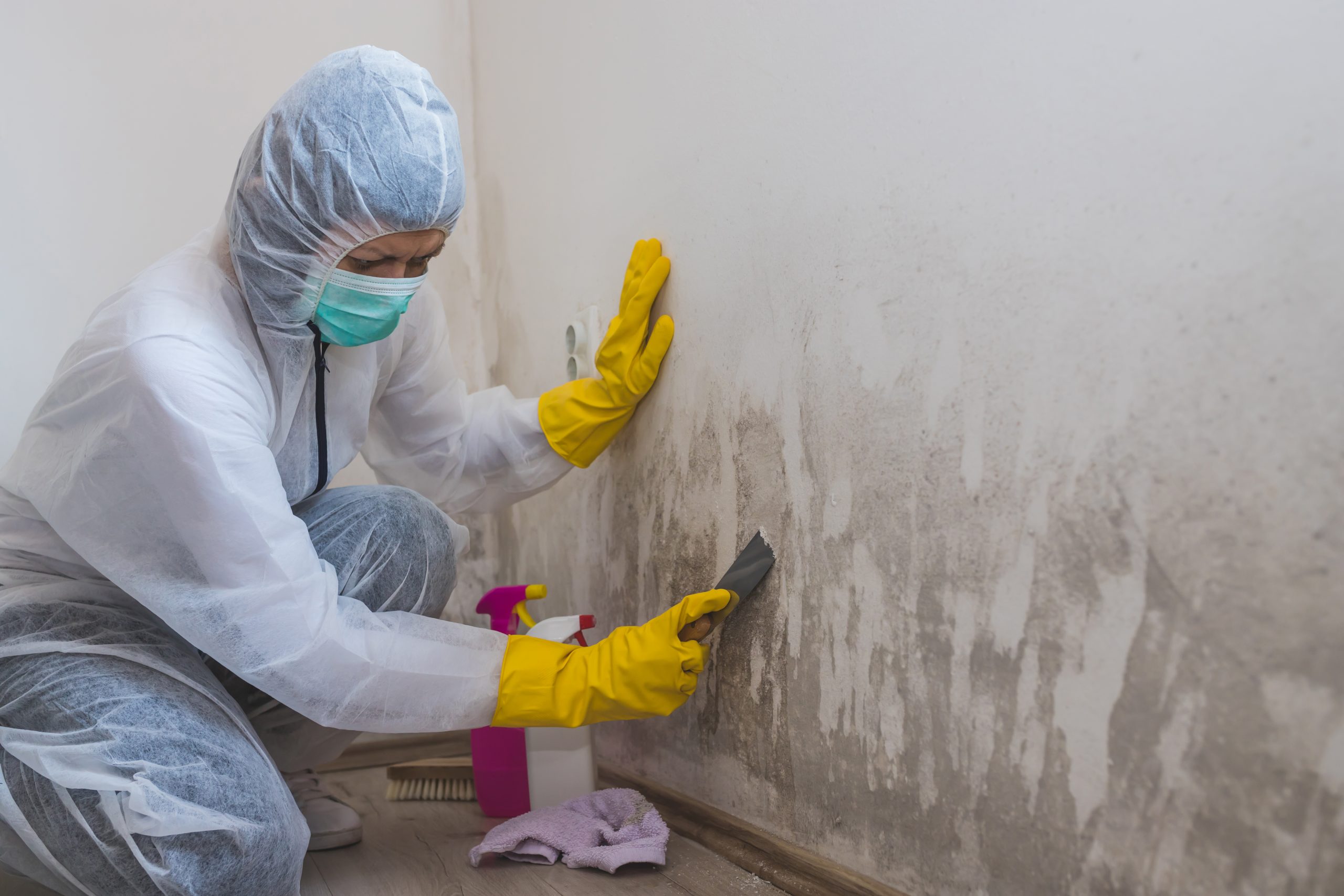







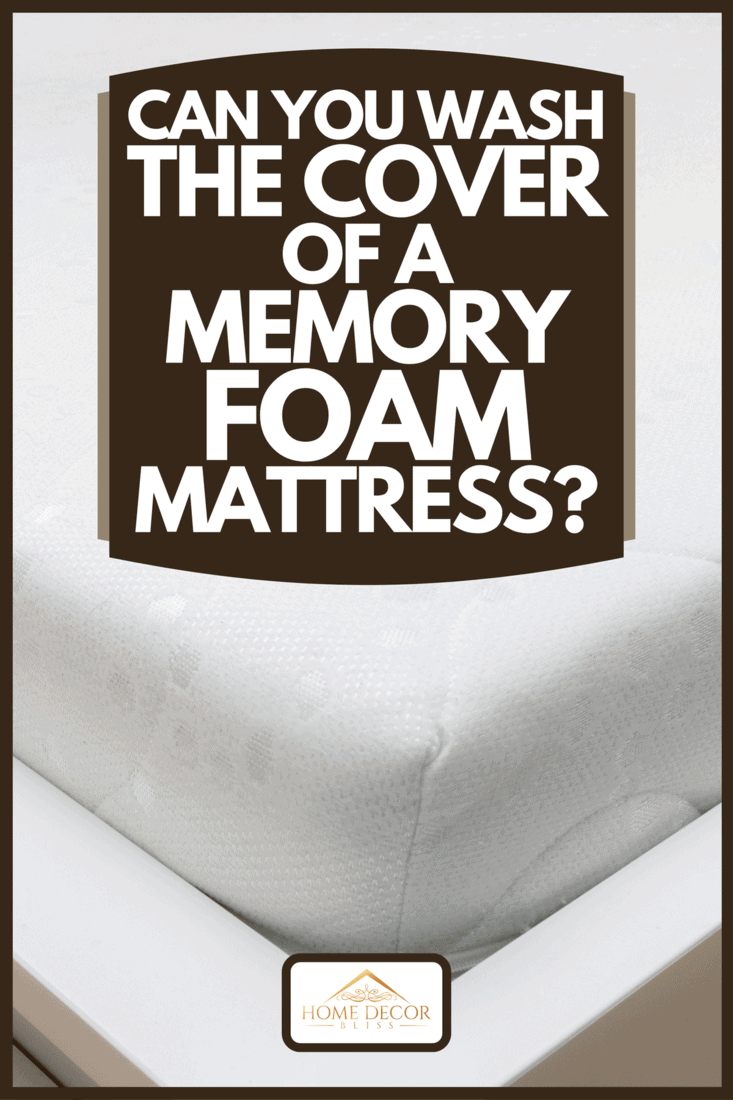


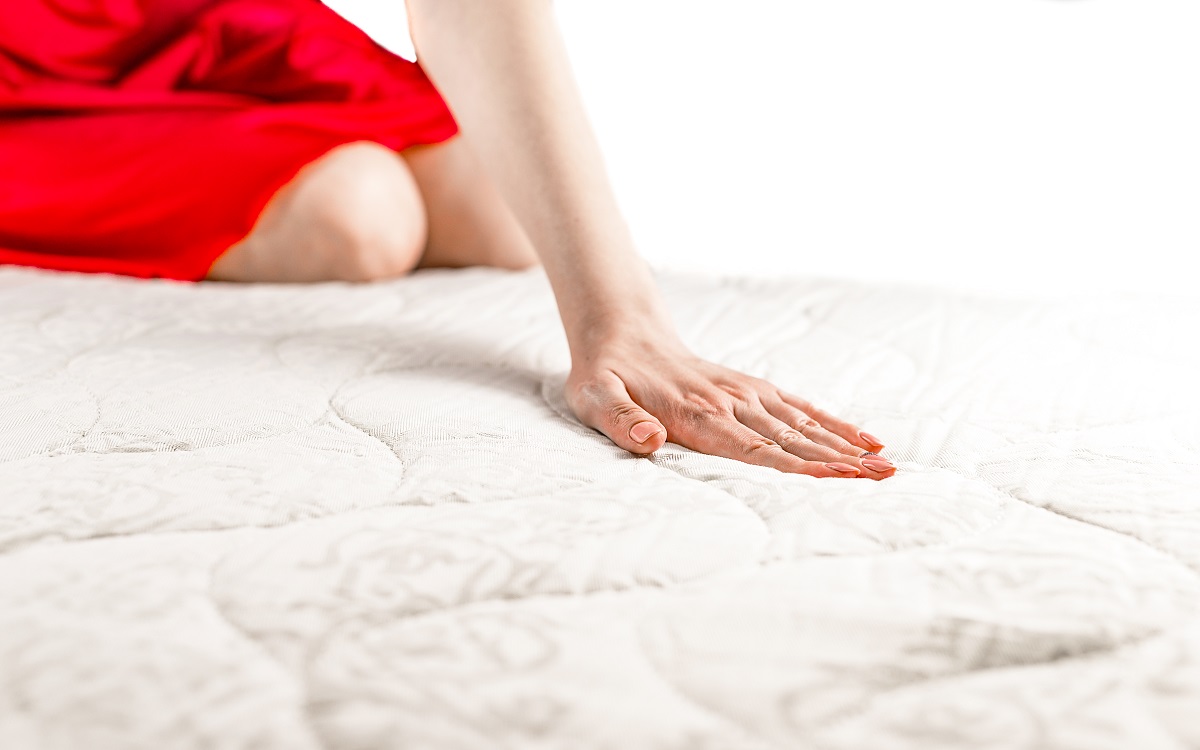



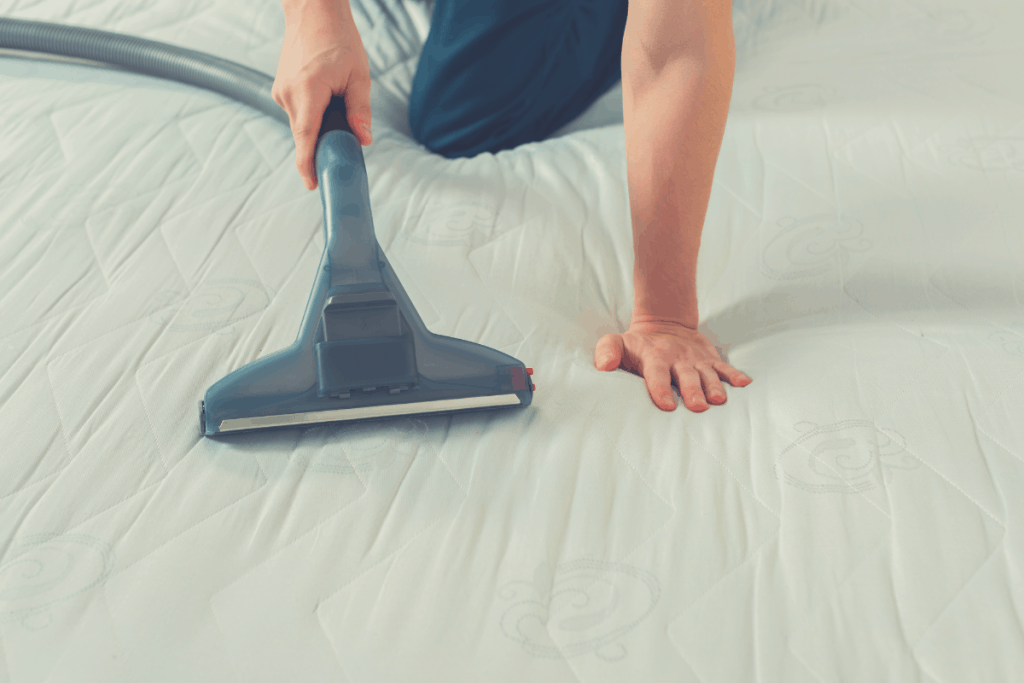




:max_bytes(150000):strip_icc()/_hero_4109254-feathertop-5c7d415346e0fb0001a5f085.jpg)




